Take A Look Inside the Picturesque Tribeca Duplex of Designer Beth Bugdaycay
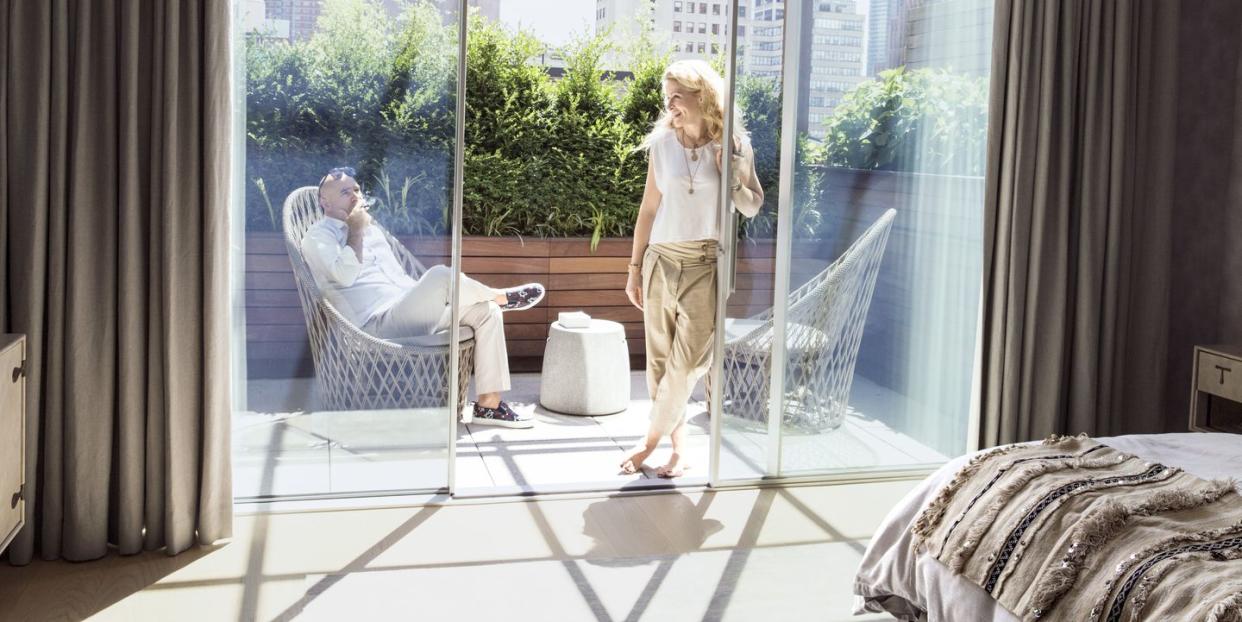
Beth Bugdaycay, the former CEO of Rebecca Taylor clothing and now the cofounder and designer of the über-chic Foundrae jewelry line, was six years old when she decided she wanted to work in fashion. She grew up Quaker in Brownsville, Texas-a city just north of the Mexican border with one of the highest poverty rates in the country-so the choice was not an obvious one. Where did she get such an idea?
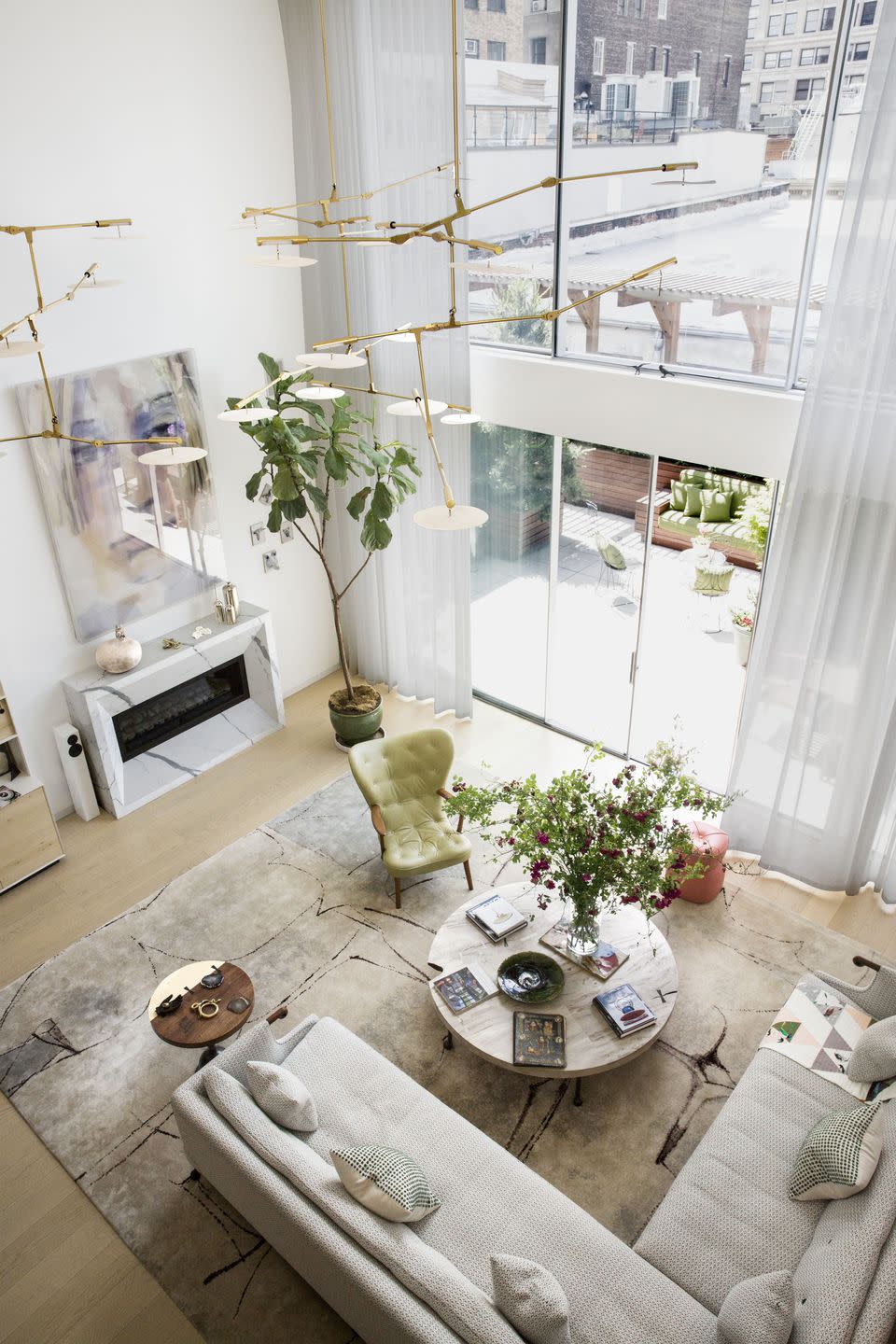
In the living room of Beth and Murat Bugdaycay of Foundrae’s TriBeCa apartment, the sofa, cocktail table, and side table are by BDDW, the chair is vintage, and the ottoman is by Poltrona Frau. The chandeliers are by Lindsey Adelman, the rug is by Fort Street Studio, and Murat designed the Calacatta marble mantel. The room is painted in Farrow & Ball’s Wevet.
“It was from watching Green Acres!” the designer says, laughing. In that 1960s-era TV sitcom, a socialite played by Eva Gabor leaves her glamorous New York City life behind when her husband becomes a farmer. “We didn’t know anyone who had ever been to New York,” Beth explains. “They showed Eva on the terrace of her Manhattan penthouse, and I thought, I want that!”
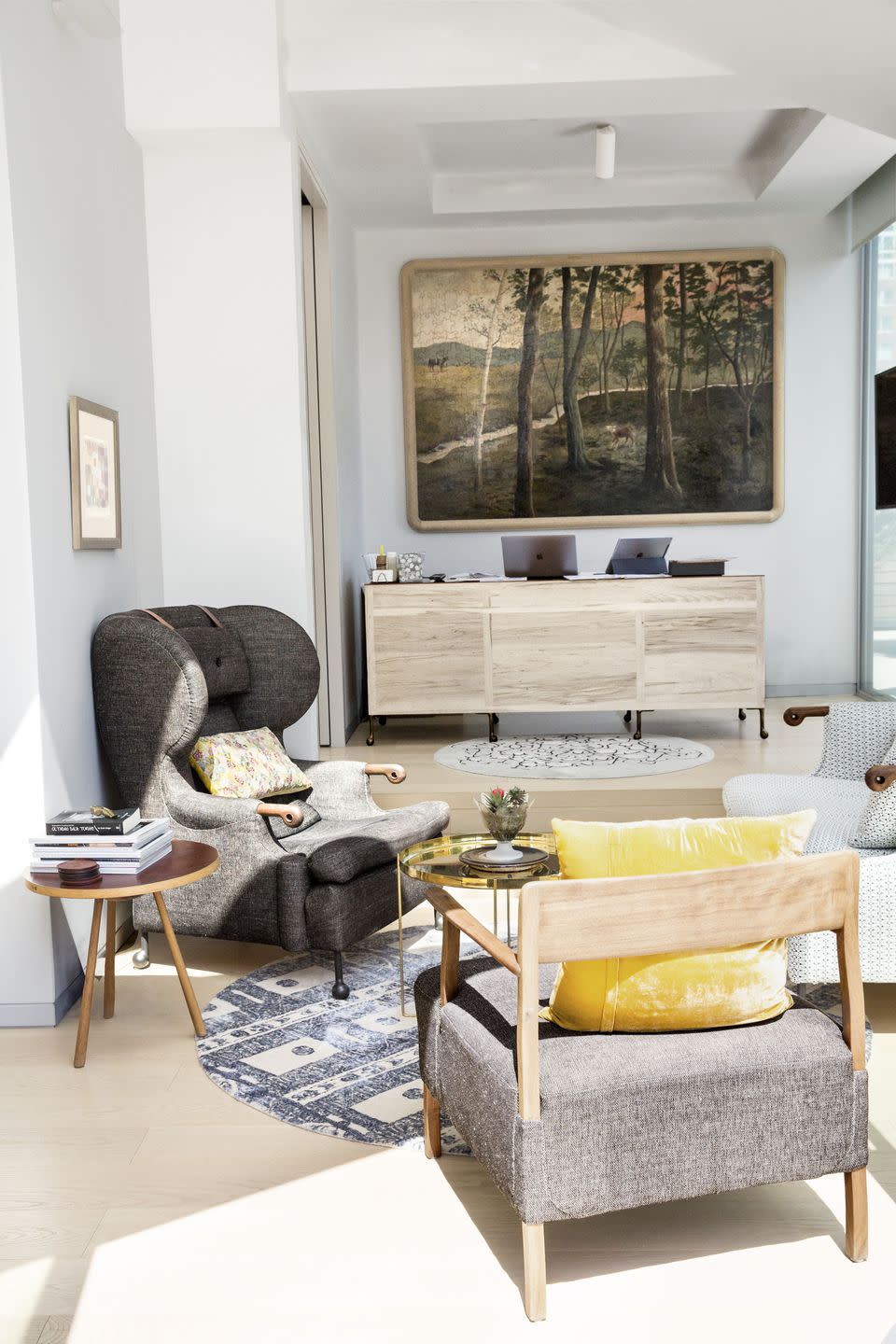
In fact, what Beth has built for herself is something far richer and more satisfying: a life that melds creative work with a deep commitment to family and spirituality, unfolding in a home that combines all three. We’re seated in the living room of her light-filled TriBeCa penthouse, a duplex she designed with her husband of 18 years, restaurateur-turned-real estate developer Murat, where they live with their children (Gem, 14, and Ayla, 7). Porcelain-and-bronze light fixtures by Lindsey Adelman hang like the inverted canopy of a tree from the double-height ceiling. A nine-foot-high glass door, set into a wall of windows, leads to the terrace, where a whimsical pair of ’60s wire chairs by John Risley, in the form of a man and woman, keep company with boxwoods and Japanese maples.
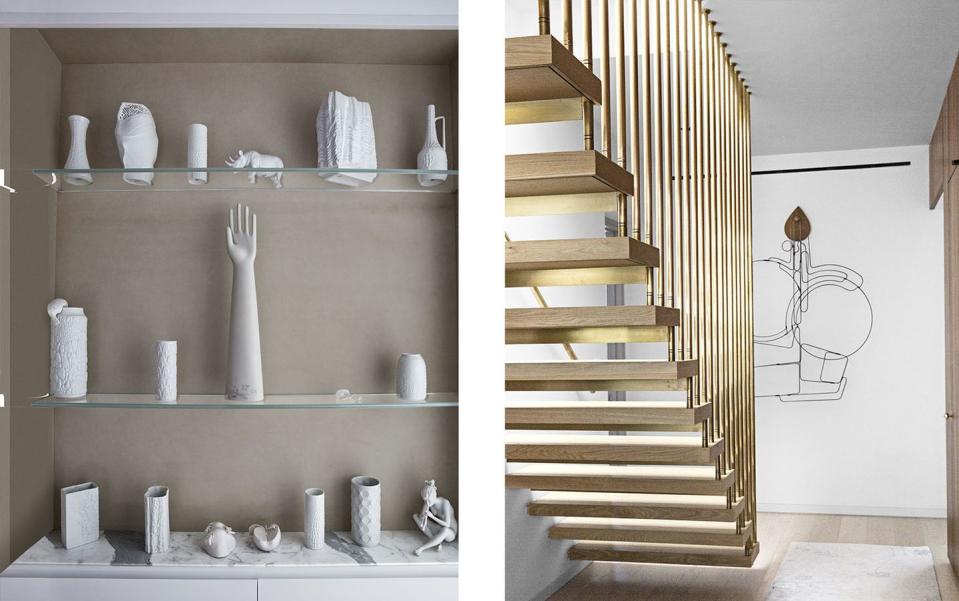
LEFT: In the second-floor hallway, a display of Beth’s collection of vintage German biscuit porcelain and modern biscuit artwork, including pieces by M. Frey and Kate MacDowell. RIGHT: A Rodger Stevens sculpture and a BDDW rug anchor a hallway leading up to the bedrooms. The custom staircase is in brass and wood.
Artworks-a portrait of Gem as a wide-eyed little boy by painter Anh Duong, an ethereal tulle collage of a woman’s face by Turkish artist Irfan Onurmen, vintage brass sculptures by Carl Auböck, of the Viennese design house-share space with flea-market finds and childhood mementos. Shelves in the upstairs mezzanine are filled with vintage biscuit porcelain. “I’m the gatherer,” Beth explains, “but the orderliness comes from Murat. He likes clean lines.”
Everything here feels precisely calibrated and easy; it is layered with personal meaning yet uncluttered, open and airy. The seven-story building is Murat’s first residential project; he combined and gutted two adjoining, landmarked cast-iron structures, creating full-floor condominiums that reflect his attention to detail and sensitivity to light and volume.
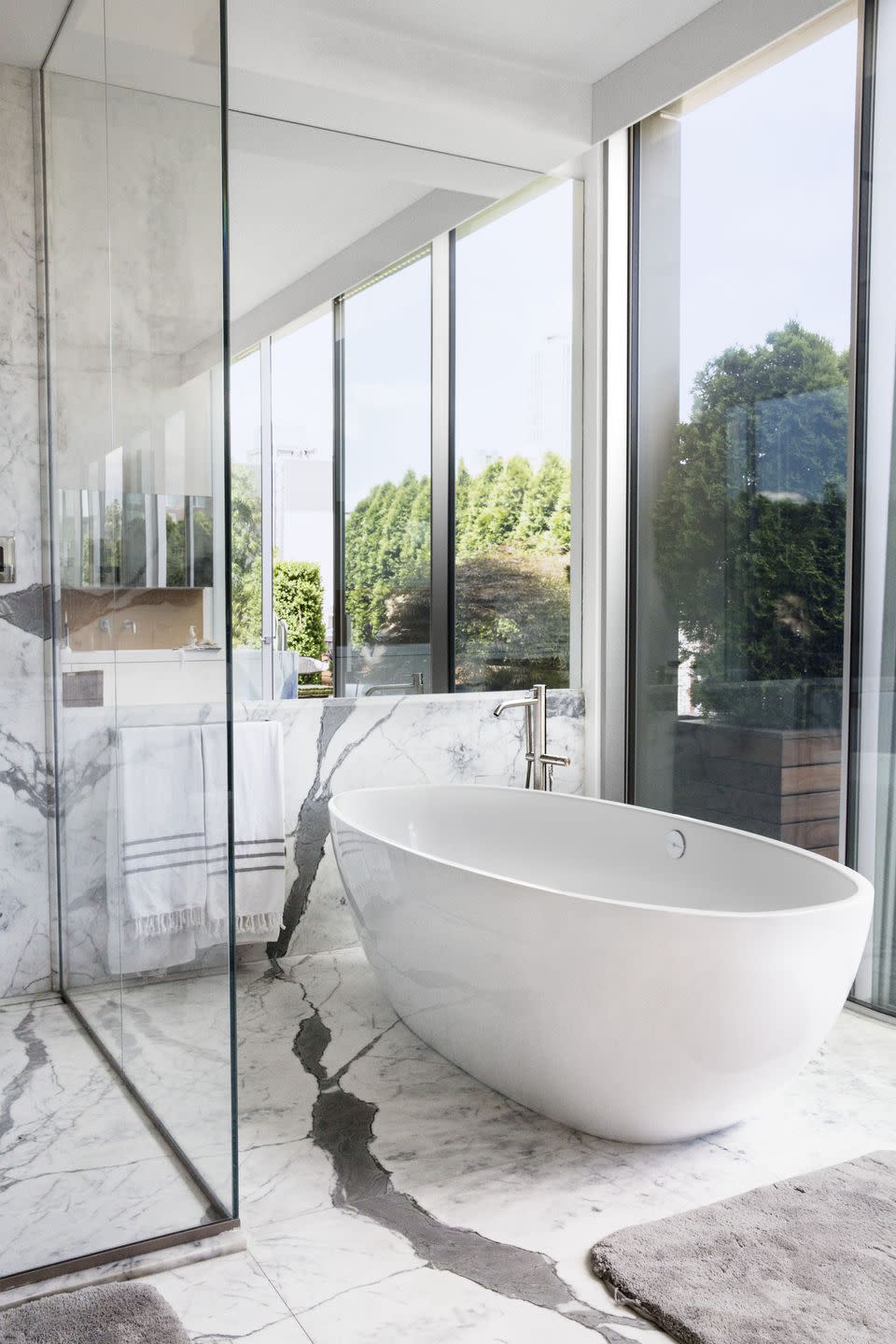
Unique pieces by furniture designer and master craftsman Tyler Hays of BDDW are studded throughout the apartment. “Smart and eclectic” is how Hays describes the couple’s aesthetic. “Their home looks very casual,” he explains, “but they put a lot of thought into everything they are doing there.”
In fact, that eclecticism is a natural outgrowth of the couple’s ancestral history. Beth’s father’s family hails from eastern Kentucky, while on her mother’s side, her Quaker roots stretch back 15 generations, all the way to the founding members of the Society of Friends in England. Murat, on the other hand, was born in a village in eastern Turkey.
Beth spent her adolescence in Chicago, while Murat’s was spent in Istanbul, where he later studied both architecture and urban planning.
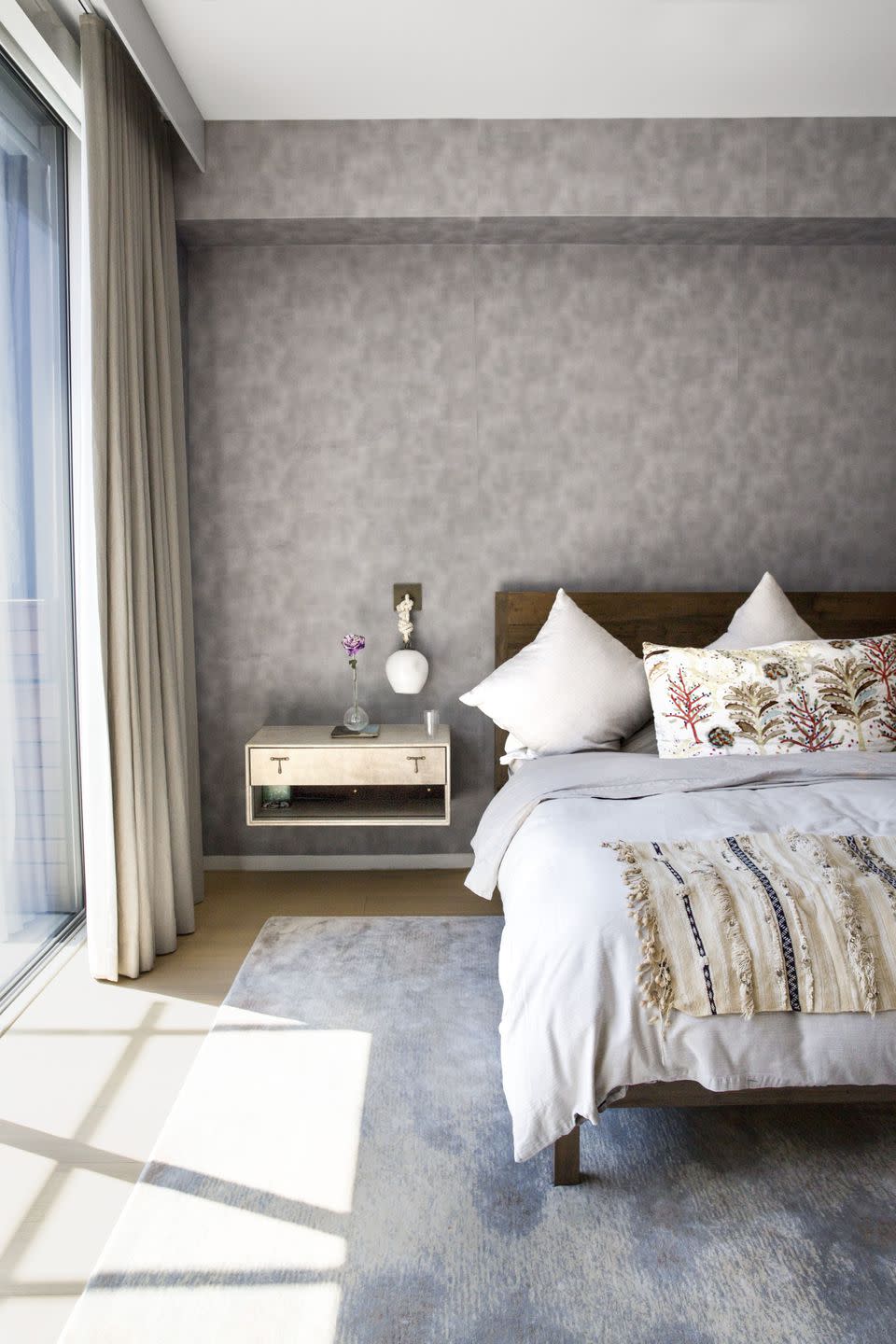
Beth was working as an assistant designer at Cynthia Rowley when the couple met and fell in love. A few years later, when Beth and her best friend, fellow Cynthia Rowley assistant designer Rebecca Taylor, decided to found their own line, Murat put up the money: $40,000. The company, Rebecca Taylor, was sold to a private equity firm for considerably more in 2011.
“We were successful before that, but suddenly, our financial status changed completely,” Beth muses. “And then Murat did an incredible job of developing these two buildings, and that trumped any money we had made through the sale of the company. Every day,” she adds,
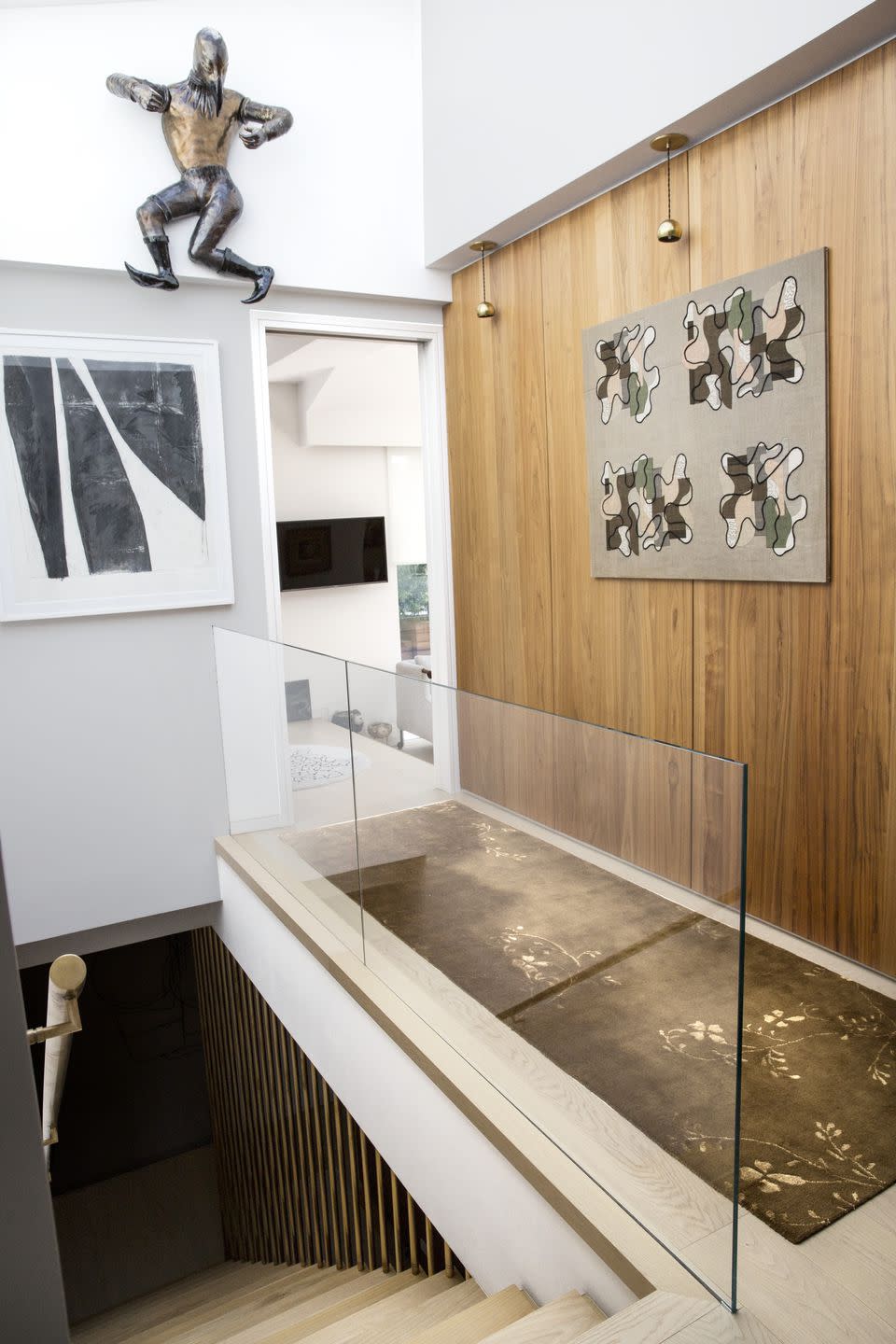
Abandoning the CEO mantle and returning to her roots as a designer with Foundrae has also felt like coming home. Launched in 2015, the brand has developed a cult following with rings of 18-karat gold and champlevé enamel based on the form of Victorian cigar rings, and medallions set with tiny diamonds and embossed with mystical and alchemical symbols, such as arrows, stars, crescent moons, and snakes.
These are not your mother’s charms. Instead, they denote key character traits and ideals, from strength and passion to wholeness, resilience, and protection. And they’re meant to be layered and bundled in “stories,” reflective of each wearer’s complex history and identity. “They’re not talismans,” Beth says. “They’re more like reminders to call forth the strength that is inside us.”
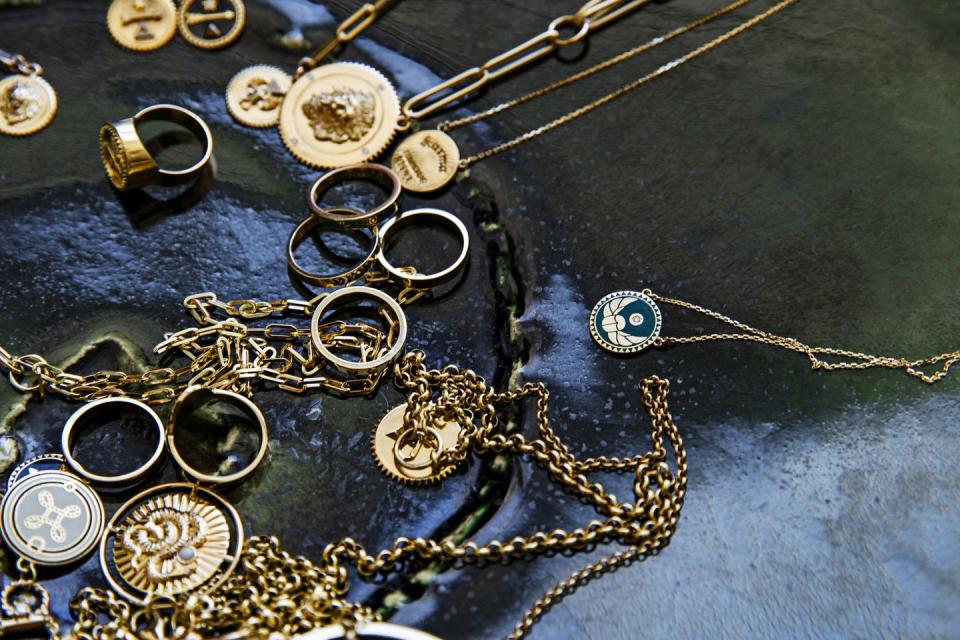
It’s no wonder the line has found its most devoted fans among a highly unusual demographic-women buying jewelry for themselves, often for the first time. “It’s an incredible experience for me to be a part of that,” Beth says. “So often I hear people say, ‘This is the first piece of jewelry that I’ve ever bought for myself. But I think it’s time, and this is for me.’ ”
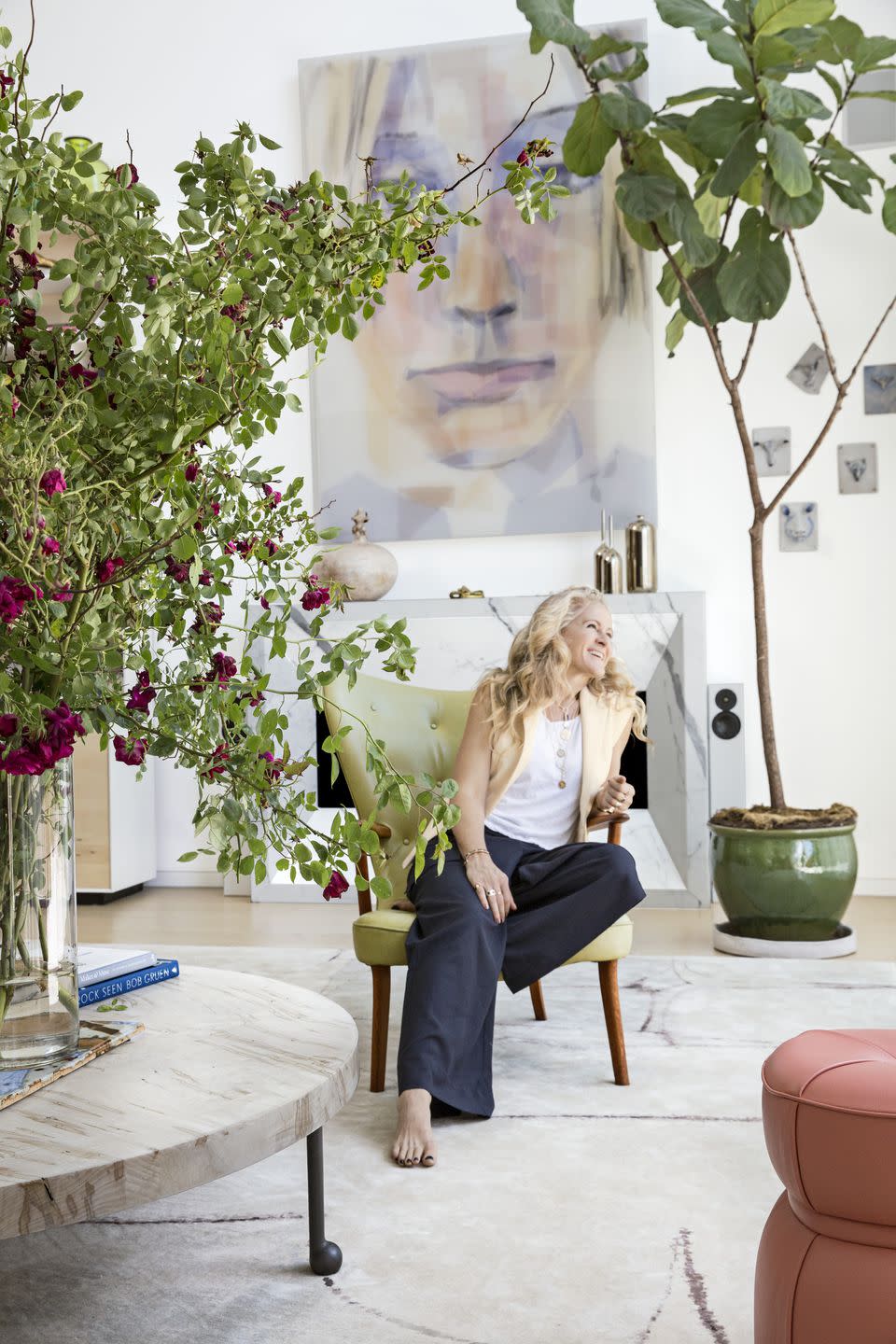
('You Might Also Like',)

